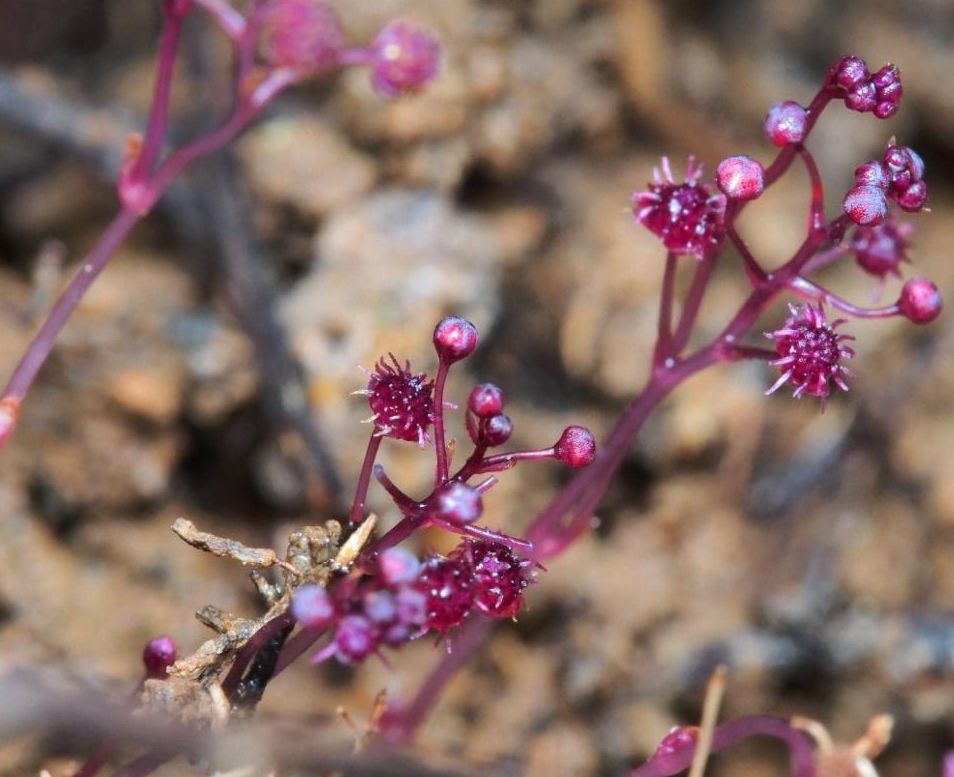


You might be under the impression that plants photosynthesize—using energy from the sun to turn carbon dioxide and water into delicious and nutritious sugar—and you’re mostly right. Even carnivorous plants like the Venus flytrap practice this process to some extent (though nutrient-poor environments and inefficiency often lead them to supplement their diets with something a little bloodier). But not all flora are capable of feeding off of the sun. Some long ago abandoned this ability, having evolved other ways of gathering nutrients.
And where do they turn? To fungi, of course. Just as some fungi have evolved to feed off of plants, some plants grab all their snacks from the fungal kingdom. They can’t break down matter in the ground to make their own food, but they can make a meal out of an industrious fungus, feeding off of molds and mushrooms that are usually parasites themselves. Yes, in a Revenge of the Plants twist, the fungi that these atypical plants usually favor as a food source tend to be parasites of more conventional photosynthesizing plants.
Earlier this week, scientists announced a new species of one of these “mycoheterotrophic” (translation: things that are not fungi that eat fungi to survive) plants. It’s called Sciaphila sugimotoi—after a Mr. Takaomi Sugimoto who collected the samples used in the study—and it was spotted on Ishigaki Island in Japan. The researchers who described it in the journal Phytotaxa are specifically working on categorizing the mysterious mycoheterotrophic species of Japan: the species tend to be scrawny—it’s not like you grow a bunch of lush green leaves when you’re not photosynthesizing—and they rarely peak up above the ground. In this, these plants are very much like their moldy, mushroom-y prey. Even if a fungus pops some fruiting bodies (otherwise known as mushrooms) up over the surface, most of their bulk is made up of web-like fibers called mycelium that run through the dirt.

With an all-you-can-eat buffet located underground, species like Sciaphila sugimotoi only peak out at the sun during short flowering periods, when they tend to produce very small blossoms. S. sugimotoi reaches max heights of just under four inches, according to the researchers, and its violet flowers are around two millimeters across. In other words, it’s not surprising that these types of plants are still waiting to be discovered.
These fantastic examples of the ingenuity of evolution are sadly already in peril: the researchers who’ve named them recommend they be listed as critically endangered, because they’ve only ever been spotted in two locations on the same island. A plant that relies on a fungus for food is a delicate thing. If the local ecosystem flounders in any way, the fragile mycelium-based food web is liable to fall apart. More research is needed to track these intriguing plants down—and figure out what it will take to keep them safe.
